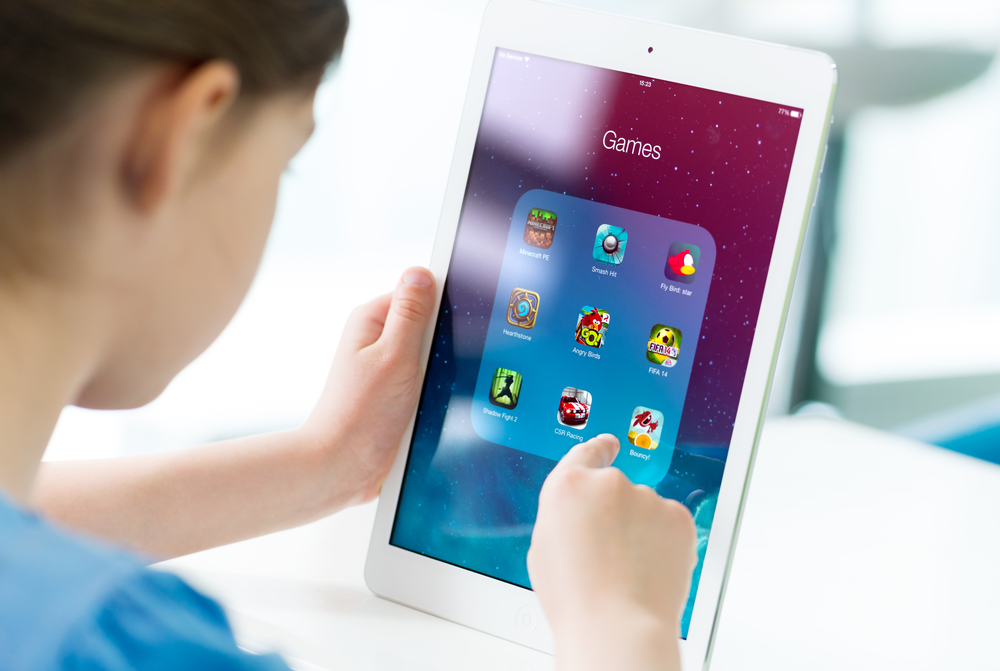Breaking
Kanye West’s ranting tweets on in-app purchases highlight problem in kids’ games
Toronto single mom Robyn Holmes sympathizes with Kanye West.
Like the hip-hop star, who recently dropped an F-bomb on Twitter over in-app purchases for kids’ mobile video games, Holmes has been burned by her young child inadvertently racking up a bill on her tablet.
In Holmes’s case, her then-four-year-old daughter was playing “Angry Birds” and clicked on over a dozen in-app purchase prompts to advance to new levels.
“Then I start receiving these emails on my device, ‘Thanks for your purchase,’ and I’m like, ‘Oh my God, what purchase?”‘ recalls Holmes, an IT problem manager.
“I look and all of a sudden I’ve got this $80 bill for stuff that she’s bought.”
Holmes didn’t realize that certain settings on the tablet allowed her daughter to make in-app purchases. She’s since learned her lesson — one that West clearly just did as well, based on his recent tweet that started with an expletive and then derided “any game company that puts in-app purchases on kids games!!!”
“That makes no sense!!! We give the iPad to our child and every 5 minutes there’s a new purchase!!!” West continued in another tweet.
“If a game is made for a 2 year old, just allow them to have fun and give the parents a break for Christ sake.”
Actor Jack Black has also been affected by costly in-app purchases, lamenting on “The Tonight Show Starring Jimmy Fallon” in May that his young son spent $3,000 on just one game.
In-app purchasing is typically available in games that are advertised as free to download. Sometimes just the first few minutes of play are free, or users may be tempted with the option to buy more lives, bonus features or premium content with real money.
Digital media expert Aimee Morrison, associate professor of English at the University of Waterloo, says the problem improved somewhat after developers of “free” games started indicating in app store descriptions when in-app purchases were available.
But the total cost of in-app purchases can vary wildly, she adds. Some games offer dozens of hours of fun for just a few bucks, while others require substantially more.
The biggest piece of advice from experts is for parents to change settings on their devices to prevent children from making such purchases.
Parents can also seek out kids’ games that don’t have such traps.
Toronto-based studio Sago Sago, for instance, makes apps that are free of in-app purchases and third-party ads for children ages two to four. Instead, most of the apps cost $2.99 for the entire game upfront.
“It creates challenges for us but the reality is that we’ve won the trust of a lot of parents,” says CEO Jason Krogh.
Morrison says she would like to see more transparency from developers, with kids’ apps disclosing how much it would cost to achieve full functionality in a game.
The Samuelson-Glushko Canadian Internet Policy & Public Interest Clinic, based at the University of Ottawa, has defended several clients dealing with this very issue.
Director David Fewer says one client had a child rack up over $800 in purchases on what was at the time a popular kid-focused gaming platform.
“Usually the first response is to go back to whoever it is that’s taking your money and say, ‘We didn’t agree to this. You shouldn’t be charging me this. This is outrageous,”‘ says Fewer.
“And usually the companies are good enough to reverse the charges.”
Fewer says he’d like to see more safeguards in place, such as a secondary confirmation prompt telling the card holder that their account is about to be used.
“Because it is abusive of consumers,” he says. “Most people will contest an $800 bill, but how many people will contest an $8 bill or even an $80 bill?”
Count Holmes among those who “ate the cost” of the bill and learned from it.
“I should’ve been more aware,” she says. “I went online and I told all my friends … and they were all like, ‘Oh my God, I didn’t even think of that.”‘






















